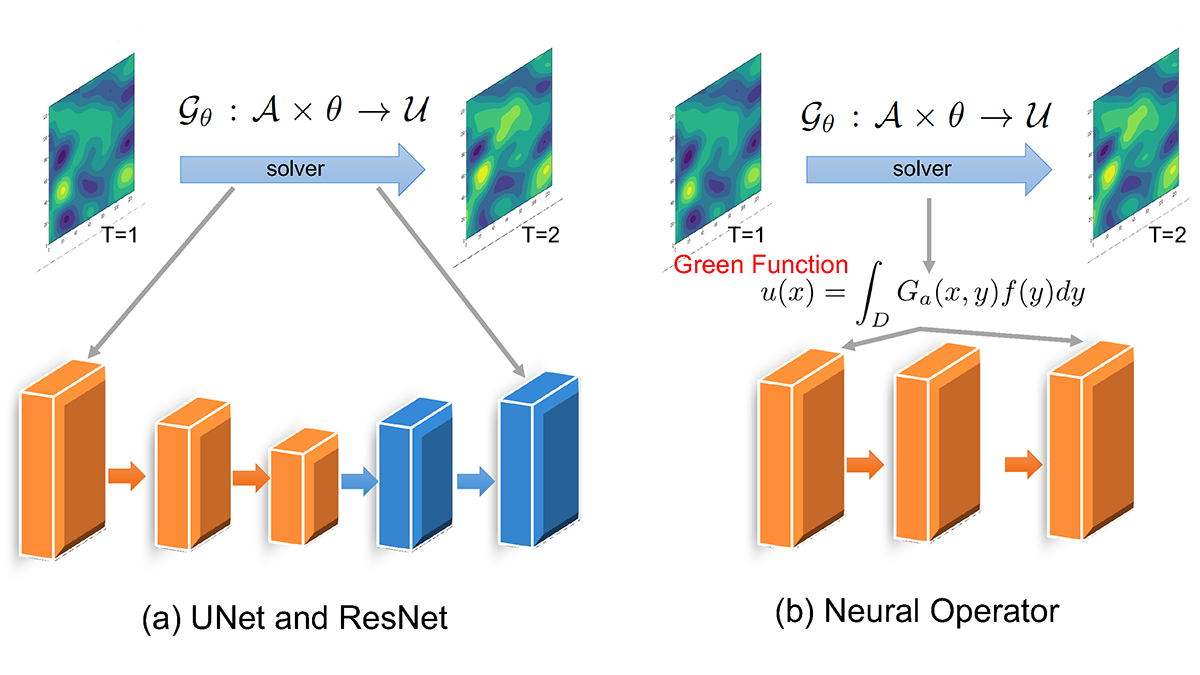Scientists use radiocarbon measurements from Alpine ice to quantify present and past anthropogenic versus biogenic sources of organic carbon aerosols in the European atmosphere.
aerosols & particles
An Air Quality Model That Is Evolving with the Times
The pioneering Sulfur Transport and Deposition Model, initially designed to simulate atmospheric sulfur, continues to find new applications and value in environmental science and policymaking.
Air Pollution Has Masked Climate Change’s Influence on U.S. Rainfall
A study suggests that high levels of aerosol pollution have offset higher precipitation levels caused by a warming climate.
Planting Trees May Not Be as Good for the Climate as Previously Believed
The climate benefits of trees storing carbon dioxide is partially offset by dark forests’ absorption of more heat from the Sun, and compounds they release that slow the destruction of methane in the atmosphere.
Machine Learning Accelerates the Simulation of Dynamical Fields
Fourier neural operator solvers accurately emulate particle-resolved direct numerical simulations and significantly reduce the computational time by two orders of magnitude.
The Open Ocean, Aerosols, and Every Other Breath You Take
Phytoplankton and other marine plants produce half of Earth’s atmospheric oxygen and have big effects on food webs and climate. To do so, they rely on nutrients from the sky that are hard to quantify.
Challenges in Measuring Aerosol Cloud-Mediated Radiative Forcing
Satellites are required for the global measurement of aerosol cloud-mediated radiative forcing, but satellite retrievals of aerosols and cloud properties still have challenges to overcome.
Accounting for Small-Scale Processes in Large-Scale Models
A new book explores how fast processes can be better represented in atmospheric models to improve weather and climate prediction.
Cold Fog Is Capricious, but Not for Long
New observations of cold fog formation could eventually improve forecasting.
Using Machine Learning to Reconstruct Cloud-Obscured Dust Plumes
Satellite-observed dust plumes from North Africa are frequently obscured by clouds, but a new study uses machine learning to reconstruct dust patterns, demonstrating a new way to validate dust forecasts.










